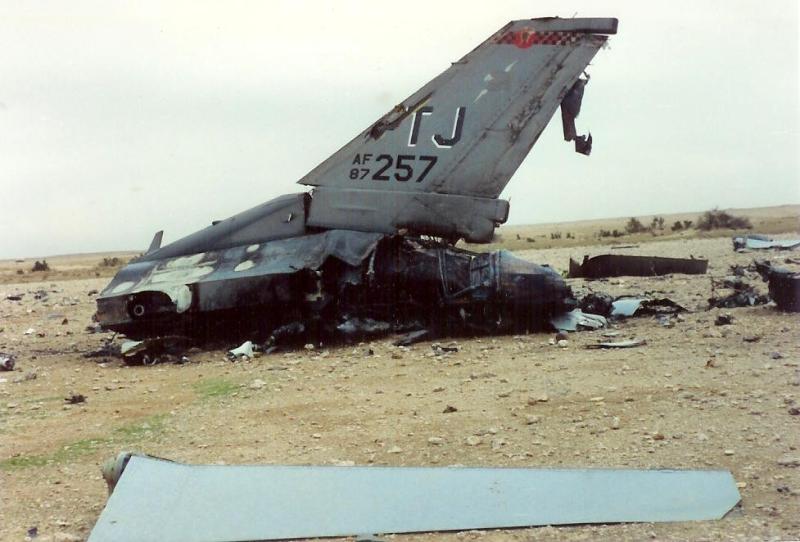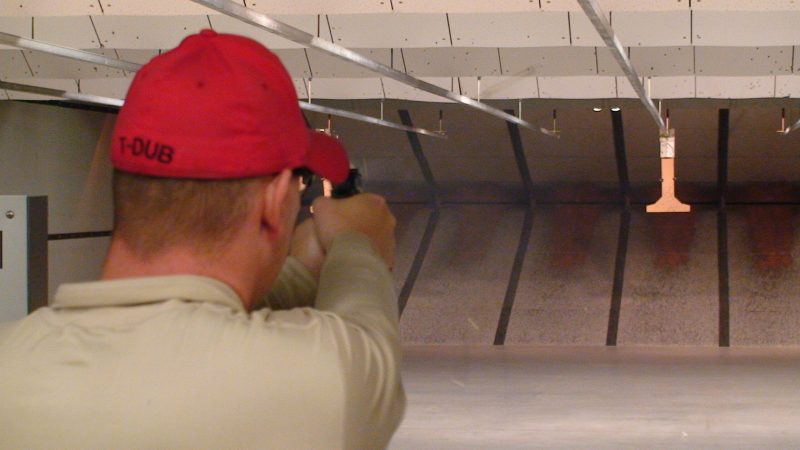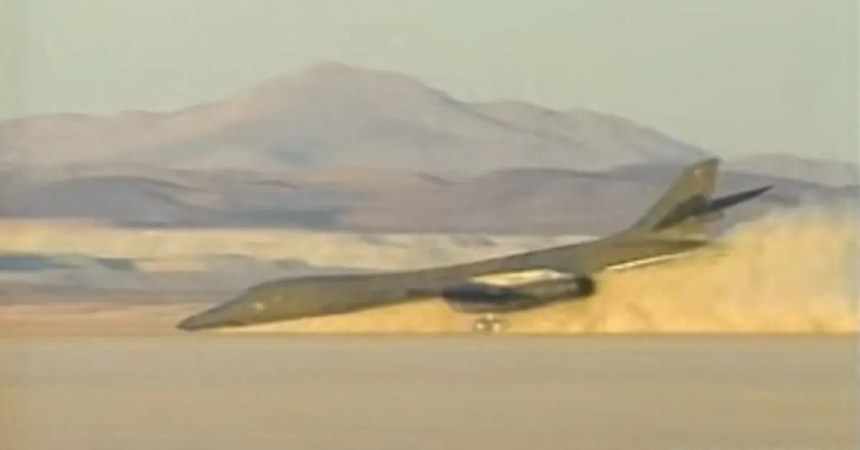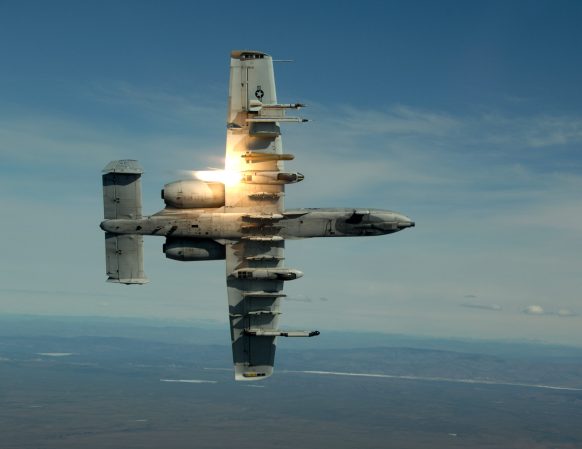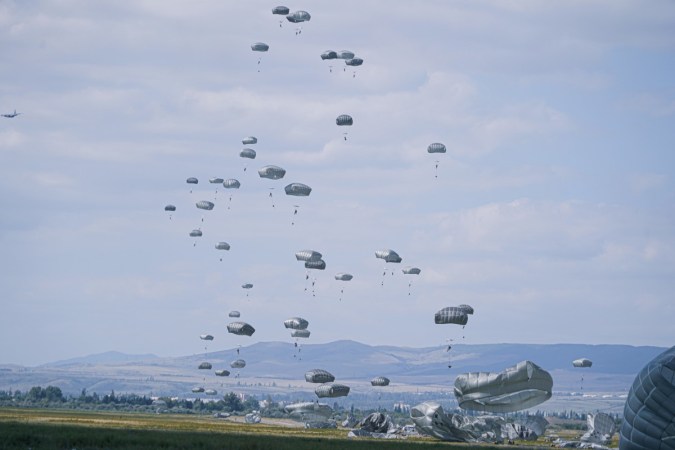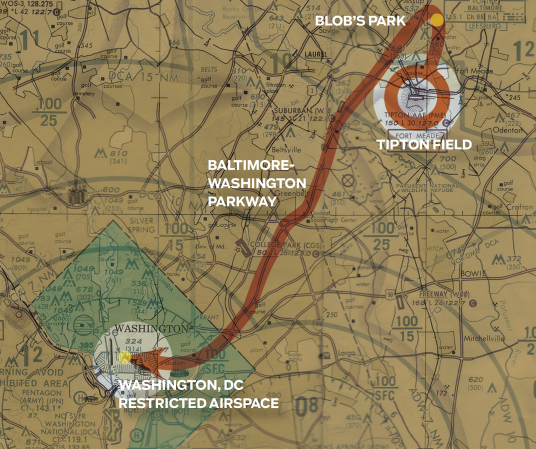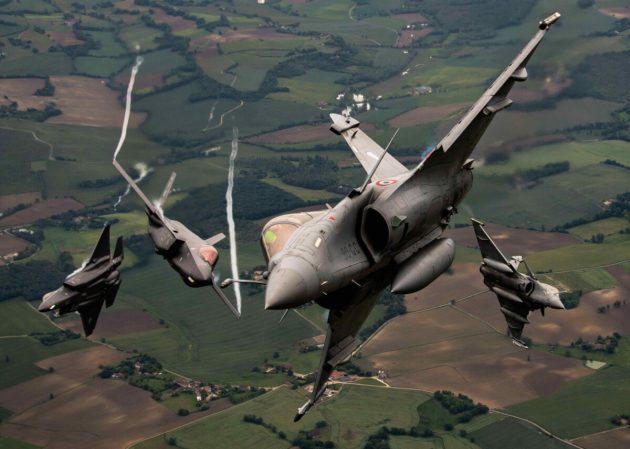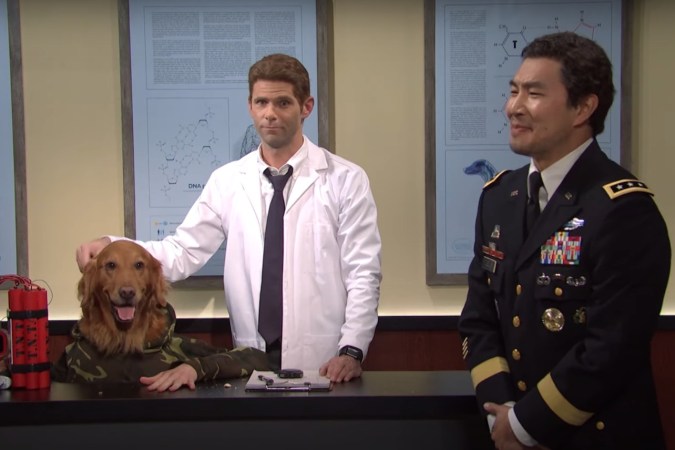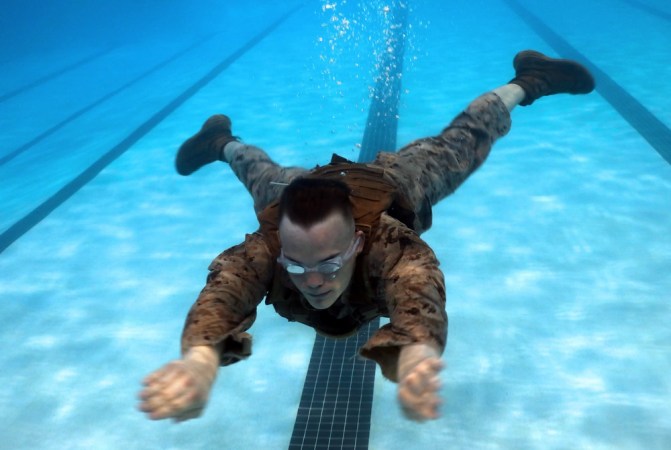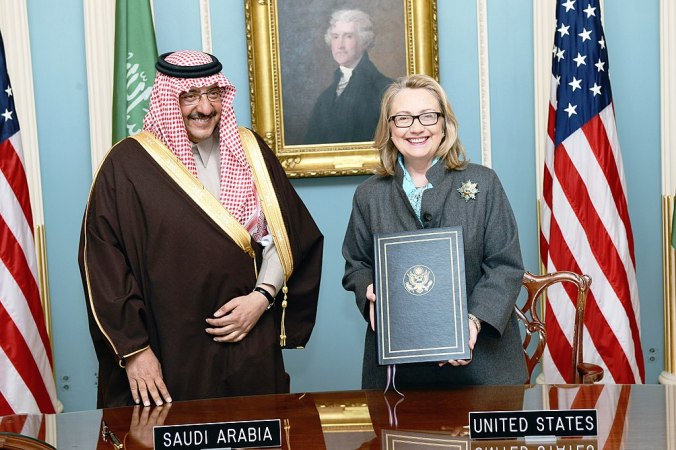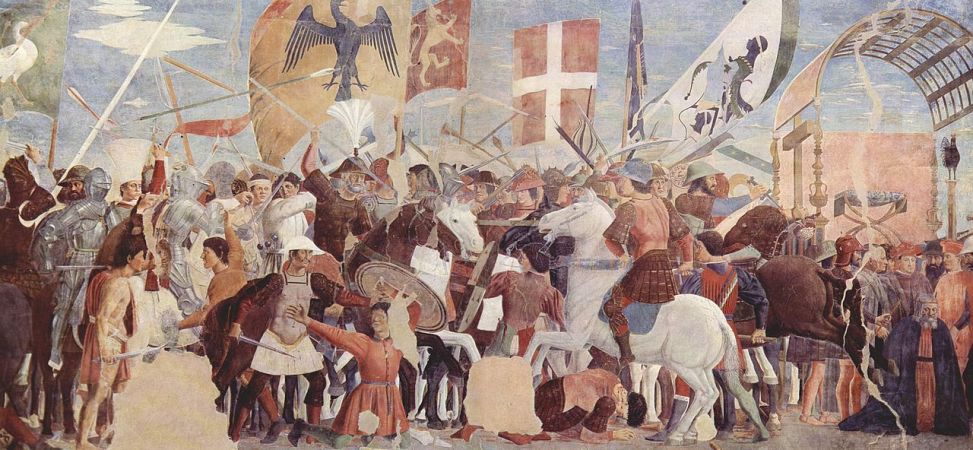In the largest air strike of Desert Storm, 72 U.S. Air Force F-16 Fighting Falcons took off from the Persian Gulf to refuel over northern Saudi Arabia. Their target was Baghdad and the Nuclear Power Plant at al-Tuwaitha.
One of the pilots, Maj. Emmett Tulia, would fight for his life in the skies above the Iraqi capital as missile after missile fly after him. In the cockpit video below, the SAM action starts at around 3:00.
Al-Tuwaitha was the main research facility for Saddam Hussein’s nuclear research program. Regional powerhouses Israel and Iran had both tried to destroy the facility but Desert Storm gave the Americans their chance to take a shot at it.

Although the air war of Desert Storm would last for more than 40 days and 40 nights, this attack came on the second day of the conflict, Jan. 19, 1991. The city had not yet been attacked by non-stealth fighters and much of its air defense systems were still in place.
It also means the Iraqis knew the F-16s were coming, but were unaware of their true target. Part of the formation broke off to strike the al-Tuwaitha facility while a smaller contingent moved to hit critical government buildings in downtown Baghdad, including the Republican Guard headquarters and the Headquarters building of the Iraqi Air Force.
The nuclear facility was well-protected by smoke, anti-aircraft guns, and surface-to-air missiles and are forced to withdraw from the area. The group that hit the military command buildings didn’t fare much better.
Emmett Tulia, callsign Stroke 3, was assigned to attack an oil refinery in the downtown area. As he dips below the cloud cover, his early warning systems alerts him to an incoming SAM. After a couple of maneuvers, he outflies the missile and it detonates.
He is alive but separated from his wingmen and his anti-missile flares (unbeknownst to him) weren’t operating. Still, he continues his attack run and drops his bombs. His part of the mission is a success.
As he heads back home, the cockpit alarms light up and he hears the voice of his wingman, Maj. Jeff Tice, telling him to break right. Three new SAMs were coming his way and following Tice’s instructions meant they all three flew right by him. His wingman saved his life.
Once again he turns to head home, but seconds later his cockpit lights up with another warning. Another SAM is coming at him. The G-forces caused by the constant need to outmaneuver these Vietnam-era SAM are starting to wear Maj. Tulia down but he manages to barely succeed. This was so close, he could hear it scream by.
Almost immediately, another SAM is coming his way. By now he’s been fighting G-forces and his plane for a full six minutes and is physically exhausted. His altitude is so low that he’s within range of the Iraqi anti-aircraft guns. But the sixth missile loses its lock on Tulia’s F-16 and falls away.
Tulia is able to rejoin the fleet of F-16s headed home, but his wingman, Maj. Tice, was shot down by the same kind of SAM that had targeted Tulia. Tice and another F-16 pilot who was downed in the action ejected, but were captured by the Iraqis.
Saddam’s nuclear facility was damaged in the raid, but it was not taken out. The air mission showed that F-16s weren’t as effective against Baghdad’s air defenses as B-2 bombing missions and F-117 Nighthawk fighters.
The cockpit footage from Tulia’s fighter is still used to train pilots 30 years later.


